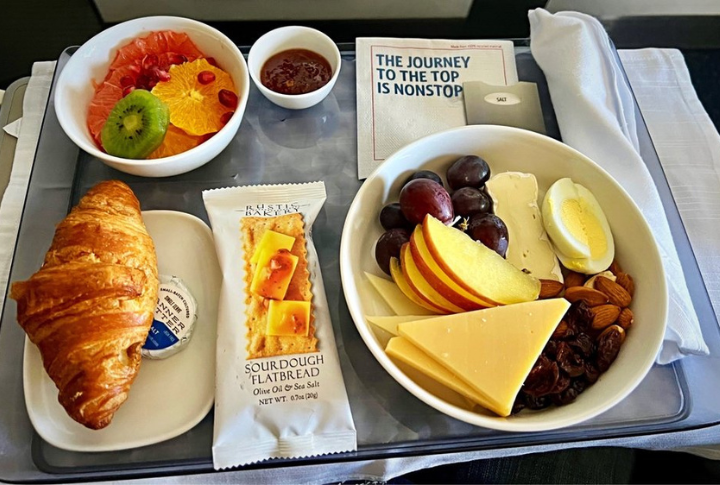
Airports are full of surprises, but nothing stings like watching your favorite snack get tossed in the trash at security. While specific snacks are a hassle-free option, others could lead to an unexpected goodbye before you even reach your gate. Let’s break down exactly what’s allowed and what you should leave at home.
Fresh Fruit And Vegetables
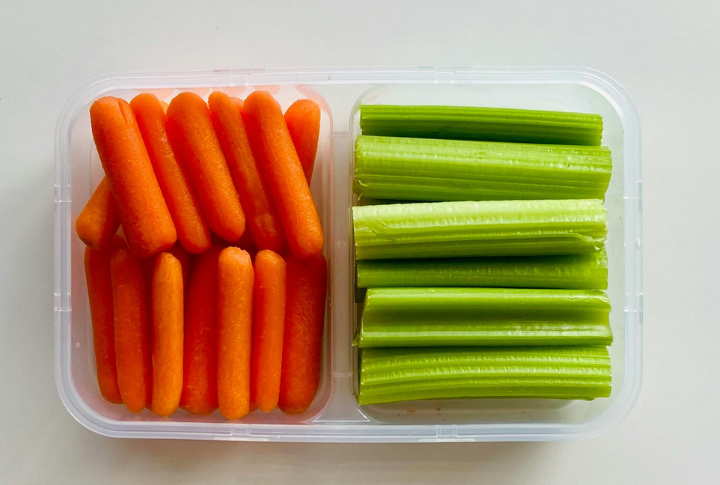
A crisp apple or a bag of carrot sticks seems like a smart travel choice. TSA permits fresh produce in carry-ons. However, flying internationally is a different story. Many countries enforce strict agricultural regulations to prevent pests and diseases from entering their ecosystems.
Dry Snacks And Crackers
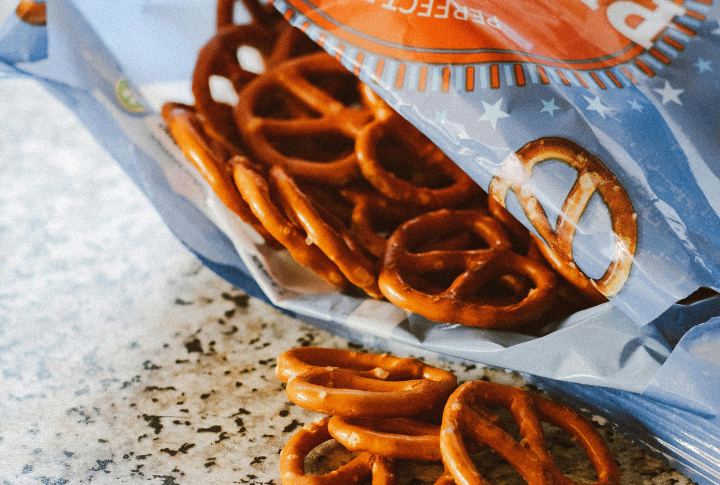
Crackers, pretzels, granola bars, and popcorn won’t raise any red flags at security because they don’t contain liquids or require refrigeration, per TSA guidelines. Plus, they’re mess-free and won’t stink up the cabin. While no major airline officially restricts overly crunchy or noisy snacks, considerate travelers might avoid them to prevent disturbing fellow passengers.
Sandwiches And Wraps
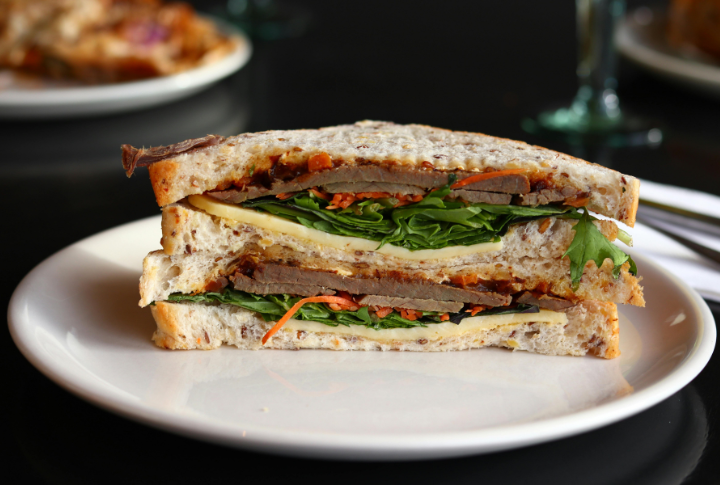
Sandwiches and wraps make a great in-flight meal, but only if they follow TSA guidelines. Solid ingredients like bread and sliced meats are fine, but trouble starts when fillings get too liquidy. A turkey and cheese sandwich? No problem. A BBQ pulled pork sandwich dripping with sauce? That’s pushing your luck.
Hard Cheese And Yogurt
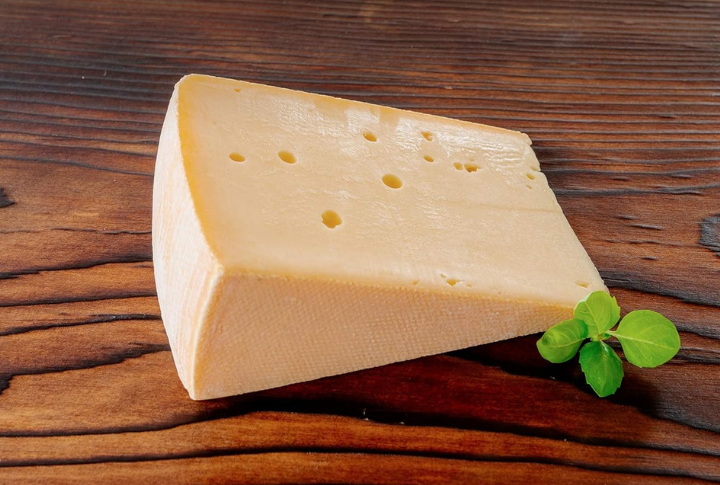
Hard cheeses are excellent to pack in a carry-on. They’re non-messy and don’t fall under the liquid restrictions. Yogurt, on the other hand, is a different story. Since it has a creamy consistency, TSA classifies it as a liquid, meaning it has to be in a container of 3.4 ounces or less.
Nuts And Trail Mix
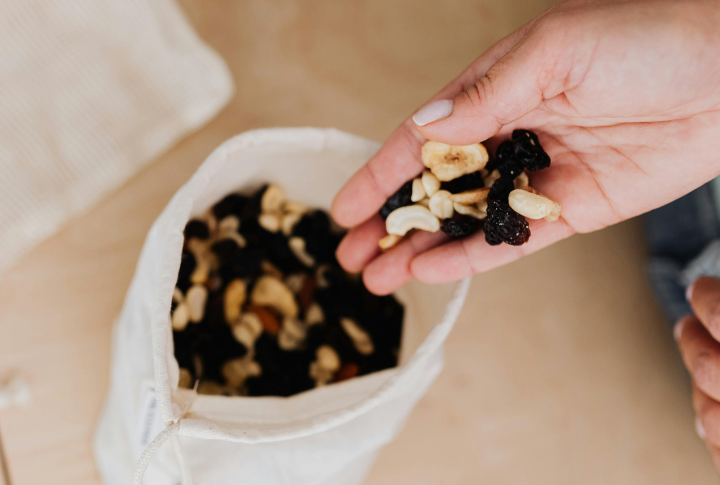
Nuts and trail mix are great for travel and are TSA-approved in any quantity. However, be mindful that some airlines, like Southwest, may ask passengers to refrain from opening nut-based snacks on specific flights if a severe peanut or tree nut allergy is reported. Consider nut-free trail mixes with dried fruits and seeds as an alternative.
Soups And Saucy Dishes
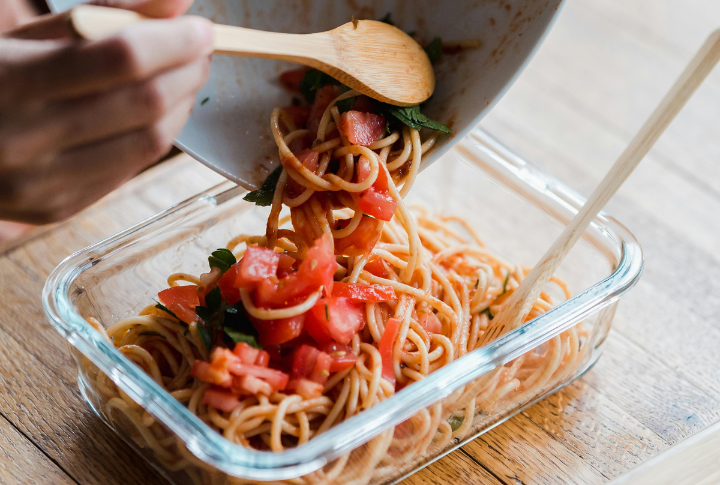
The TSA won’t let you through with a bowl of soup. Liquids are forced to be in containers of 3.4 ounces or less, making bringing them nearly impossible. Even thick foods like pasta drenched in marinara or curry-heavy rice dishes can be questioned if they contain too much liquid.
Soft Cheese And Spreads
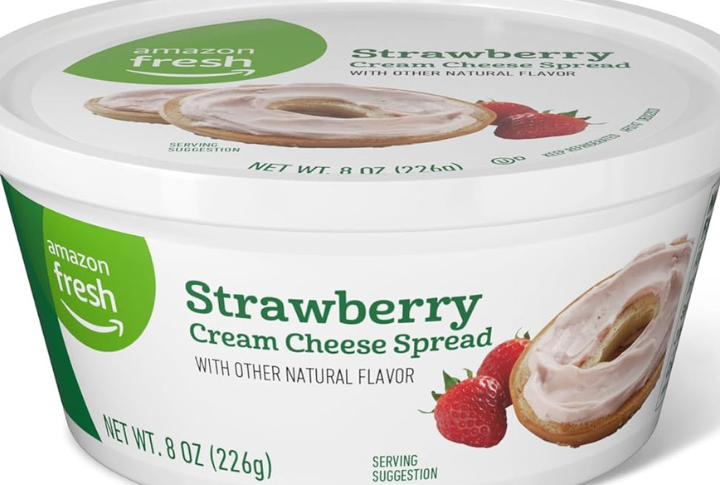
That luxurious cream cheese or hummus tub might sound like a perfect in-flight snack, but TSA disagrees. Soft cheeses, dips, and spreads fall under the same liquid rule. The problem? Most containers exceed that limit. In case you must have a spread, consider individual portion packs, which often meet TSA requirements.
Fresh Seafood And Meat
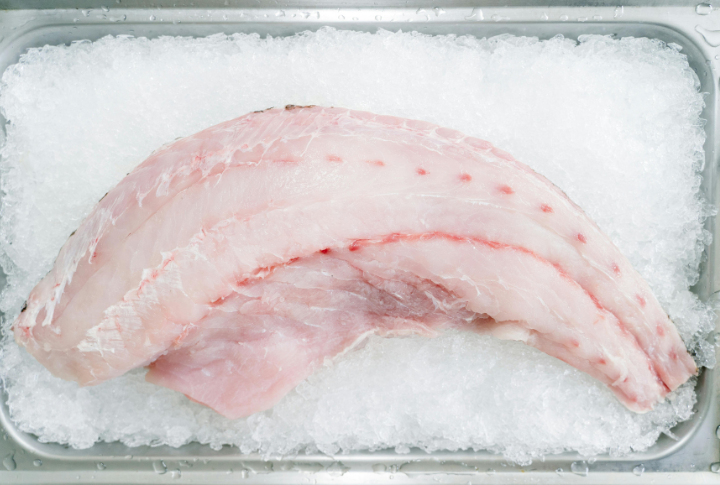
Surprisingly, fresh seafood and raw meat are allowed on planes as long as they’re properly packed. The TSA requires that these items be stored in leak-proof containers with ice packs if necessary. Airlines also have their own rules about carrying raw meat, so it’s a good idea to check with your airline before packing.
Large Liquid Containers
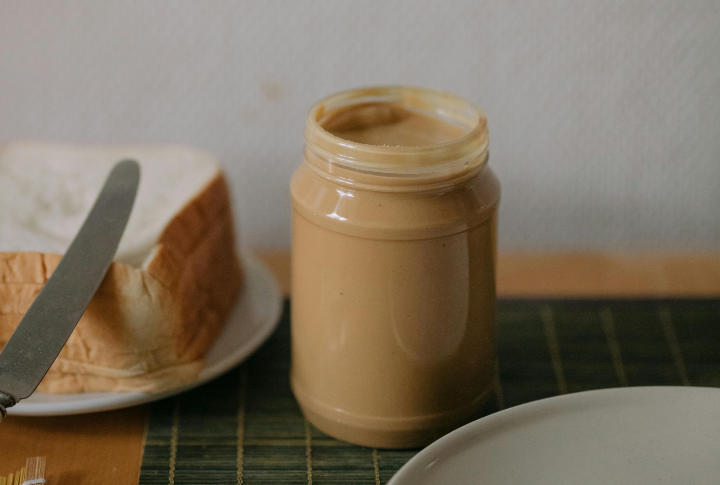
A giant bottle of dressing or a full-sized tub of peanut butter? You’ll get a big “NO” from TSA. When you have a particular condiment or sauce, transfer it into travel-sized containers. Otherwise, you’ll be forced to part ways with it at security. The liquid rule applies based on the original size, not the amount inside.
Strong-Smelling Foods
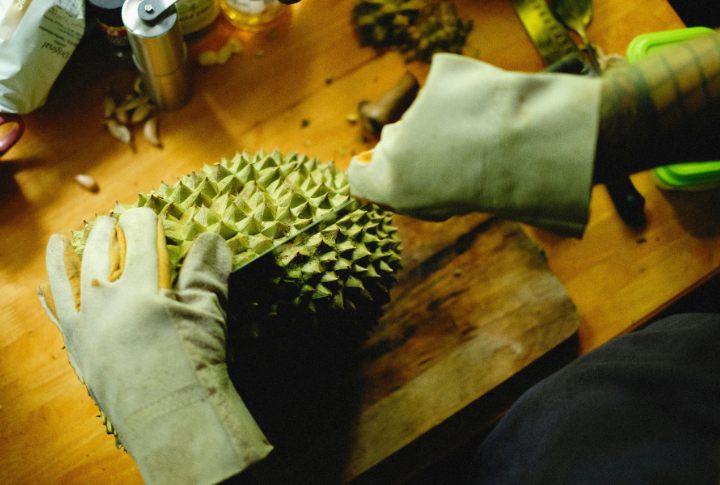
Airplanes are confined spaces, and strong odors linger longer than you think. While no major airline has formal policies banning excessively smelly foods, many recommend avoiding them to ensure a more pleasant cabin experience. When choosing snacks, opt for options that won’t make people turn away in discomfort. A considerate traveler is always a welcomed traveler.
Leave a comment